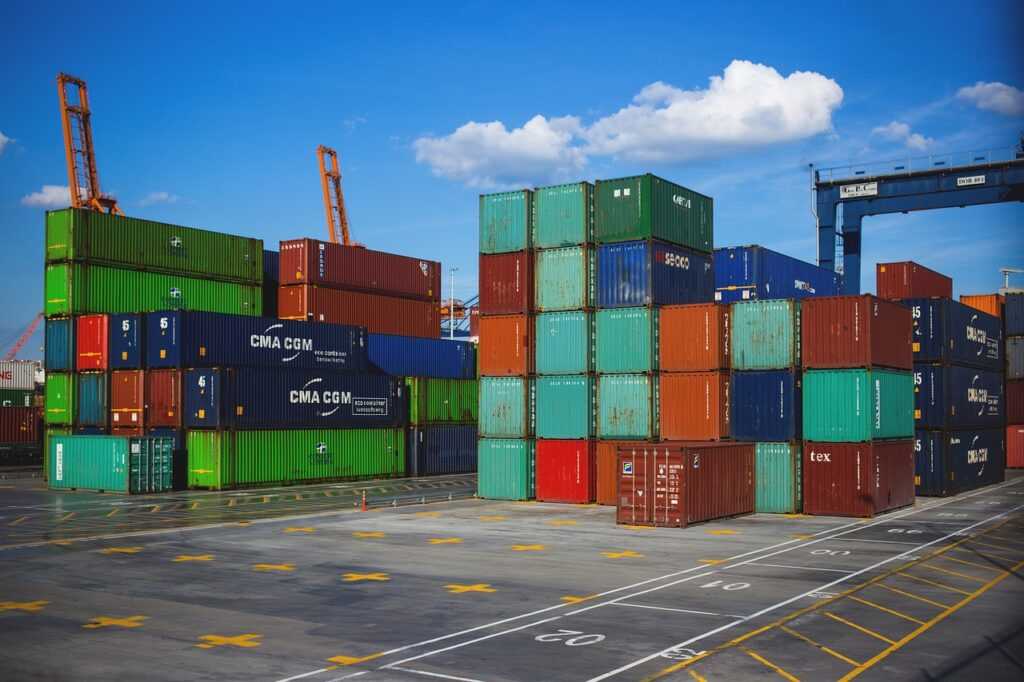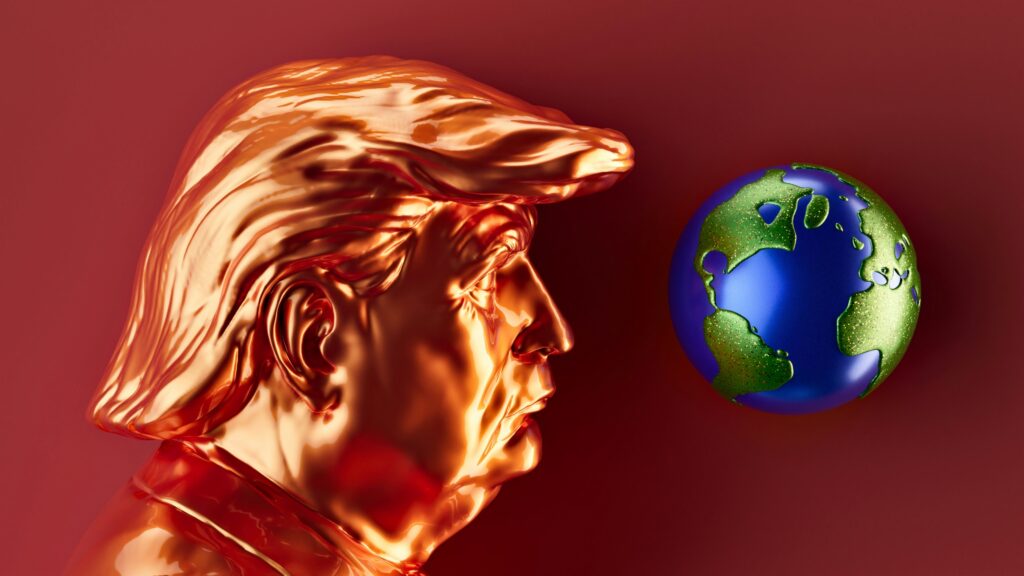Understanding Trade Deficits and Their Impact
Trade deficits, where a country’s imports exceed its exports, can shape economic health and influence global standing.
What is a Trade Deficit?
A trade deficit occurs when the value of a nation’s imports surpasses the value of its exports over a specific period. This discrepancy results in more money flowing out of the country than coming in.
For instance, if the US imports $300 billion worth of goods but exports only $200 billion, it has a trade deficit of $100 billion. Trade deficits can affect a nation’s currency value, impacting inflation and interest rates.
- High Consumer Demand: Increased demand for foreign goods and services can lead to higher imports. For example, if US consumers buy more electronics from Japan, imports rise.
- Currency Strength: A strong national currency makes imports cheaper and exports more expensive. For example, a strong US dollar can make domestic goods pricier abroad.
- Economic Growth: Rapid economic growth often leads to higher imports due to increased consumer and business spending.
- Production Costs: Higher domestic production costs may drive companies to import goods rather than produce them locally. For instance, higher wages or stringent regulations can increase costs.
- Trade Policies: Trade agreements and tariffs influence import and export flows. For example, reduced tariffs on specific goods can increase imports from trade partners.
Attention to these factors helps in understanding the intricate dynamics of trade deficits and their broader impact on the economy.
Analyzing Trade Surpluses
A trade surplus occurs when a nation’s exports exceed its imports, resulting in a positive cash flow. This condition enhances a country’s currency value and strengthens its economic position globally.
What is a Trade Surplus?
A trade surplus represents a situation where the value of a nation’s exported goods and services surpasses its imported goods and services.
This positive trade balance boosts foreign exchange reserves and fosters economic stability. Countries with trade surpluses often invest in other economies, bolstering their own economic influence.
Factors Leading to Trade Surpluses

Certain elements drive a nation towards achieving a trade surplus:
- High Domestic Productivity: Nations producing high-quality goods and services (e.g., Germany, China) tend to export more, generating a surplus.
- Competitive Pricing: Countries offering competitive pricing due to lower production costs or advanced technology (e.g., China, South Korea) attract international buyers.
- Currency Valuation: A weaker currency makes a nation’s exports cheaper, increasing demand (e.g., Japan’s yen in the early 2000s).
- Trade Policies: Government policies promoting exports through subsidies or tax incentives (e.g., European Union’s Common Agricultural Policy) contribute to trade surpluses.
- Global Demand: High global demand for certain products or services (e.g., crude oil from Saudi Arabia, electronics from South Korea) drives export volumes.
By understanding these factors, one can better analyze how countries achieve trade surpluses and their impact on global economics.
Comparison of Deficits and Surpluses
Examining trade deficits and surpluses reveals distinct economic implications and real-world examples. I’ll break down these aspects for better understanding.
Economic Implications
Trade deficits and surpluses bear significant economic consequences for countries. A deficit can lead to increased foreign debt as a country borrows to finance imports.
Interest rates might rise due to higher borrowing needs, and the currency value could weaken, making imports more expensive and exports cheaper. This can spur inflation, affecting purchasing power.
Conversely, a surplus often strengthens a nation’s currency, making imports cheaper and exports more expensive. It can lead to lower interest rates since the country doesn’t need to borrow much.
This boosts economic stability and investment, given the favorable financial conditions. However, a consistently high surplus might lead to trade tensions with other nations.
Case Studies
Two notable examples illustrate the diverse impacts of trade balances. The United States, with recurrent trade deficits, often borrows to finance its imports. This dynamic impacts interest rates, the dollar’s value, and inflation rates, influencing its economic policies and global trade stance.
On the other hand, Germany’s persistent trade surpluses result from its high productivity and competitive pricing. This surplus strengthens the Euro and enhances Germany’s economic influence within the EU.
However, these surpluses can strain relationships with trading partners, who might view them as unfair economic advantages.
Policy Responses to Trade Imbalances
Countries employ various strategies to address trade imbalances, aiming to stabilize their economies.
Governmental Strategies
Governments often intervene to correct trade imbalances. One common measure is altering fiscal policy. By adjusting taxation and public spending, a government can influence domestic consumption and savings rates, impacting import and export levels.
For instance, reducing taxes can boost domestic consumption, which may increase imports, while raising taxes can decrease spending and lower the trade deficit.
Monetary policy is another crucial tool. Central banks might adjust interest rates or implement quantitative easing to influence currency valuation. A weaker currency makes exports cheaper and imports more expensive, potentially reducing a trade deficit.
The European Central Bank (ECB) has used such measures to stimulate exports and address trade imbalances within the Eurozone.
Governments also use tariffs and trade barriers. By imposing tariffs on foreign goods, a country can make imports less attractive, encouraging domestic production and reducing the trade deficit.
The United States has employed tariffs on various Chinese products to balance trade relations.
International Negotiations and Agreements
Countries engage in international negotiations to manage trade imbalances. Bilateral and multilateral agreements play vital roles. For example, trade agreements like NAFTA (now USMCA) aim to create fair trading environments, reducing trade imbalances among member countries.
Trade partners may negotiate currency agreements. These ensure currency value adjustments align with economic fundamentals, preventing unfair advantages.
The Plaza Accord of 1985 involved major economies agreeing to depreciate the US dollar relative to the Japanese yen and German Deutsche Mark, thereby addressing trade imbalances.
Countries also participate in global forums. Organizations like the World Trade Organization (WTO) facilitate discussions and dispute resolution, promoting fair trade practices. By adhering to agreed rules and standards, nations aim to create a balanced trading system that mitigates imbalances.
These governmental strategies and international negotiations reflect the multifaceted approach required to handle trade imbalances effectively.




